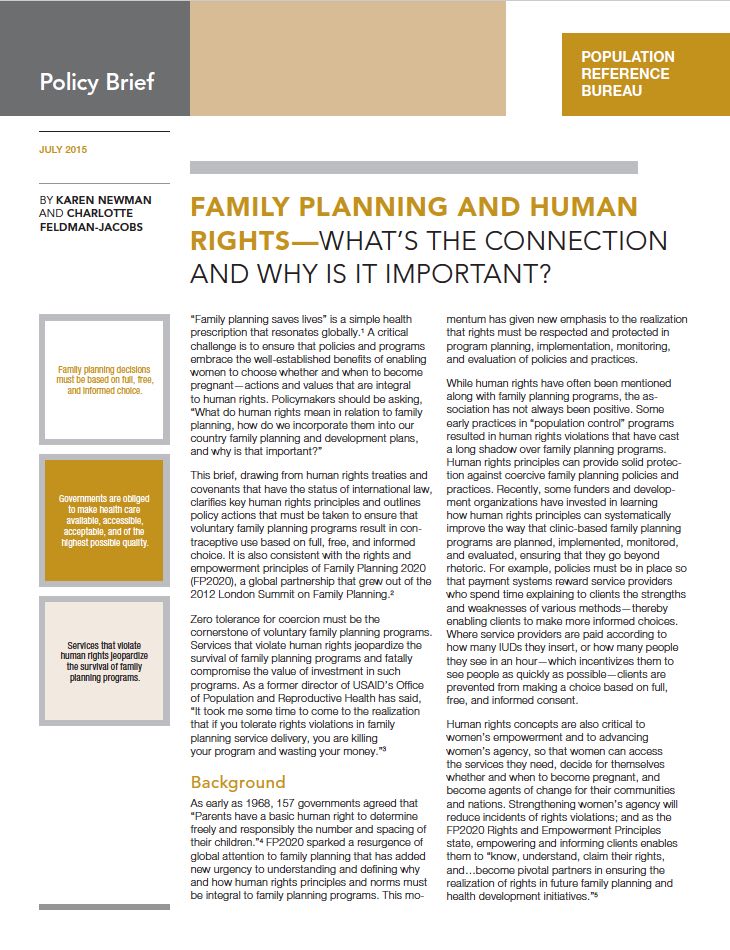Improving Safe Childbirth in India
(2013) Despite more funding for health services during the past decade (per capita health spending rose from US$21 in 2000 to US$45 in 2009), India is unlikely to reach the targets for the health-related 2015 Millennium Development Goals (MDG).1




